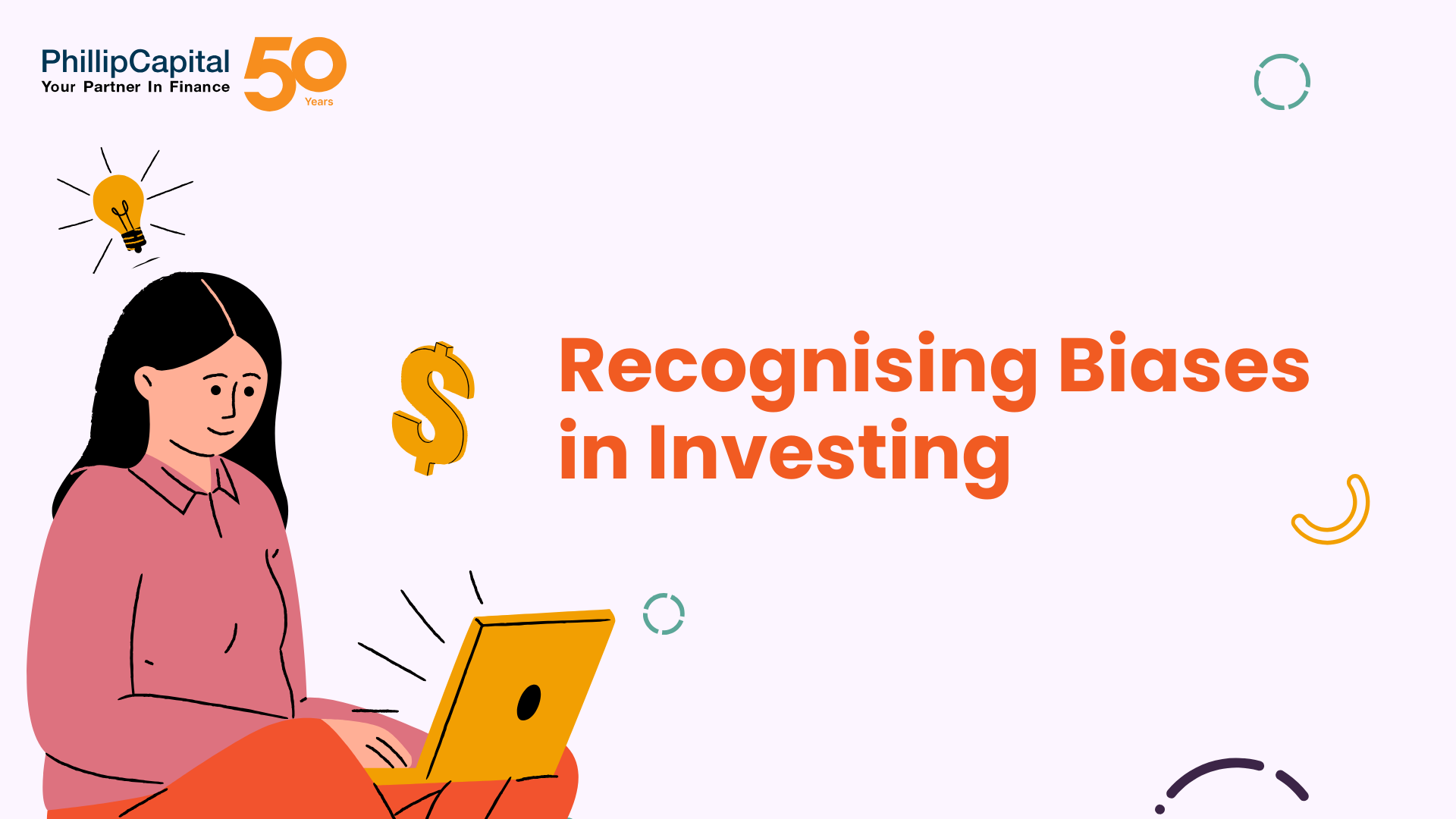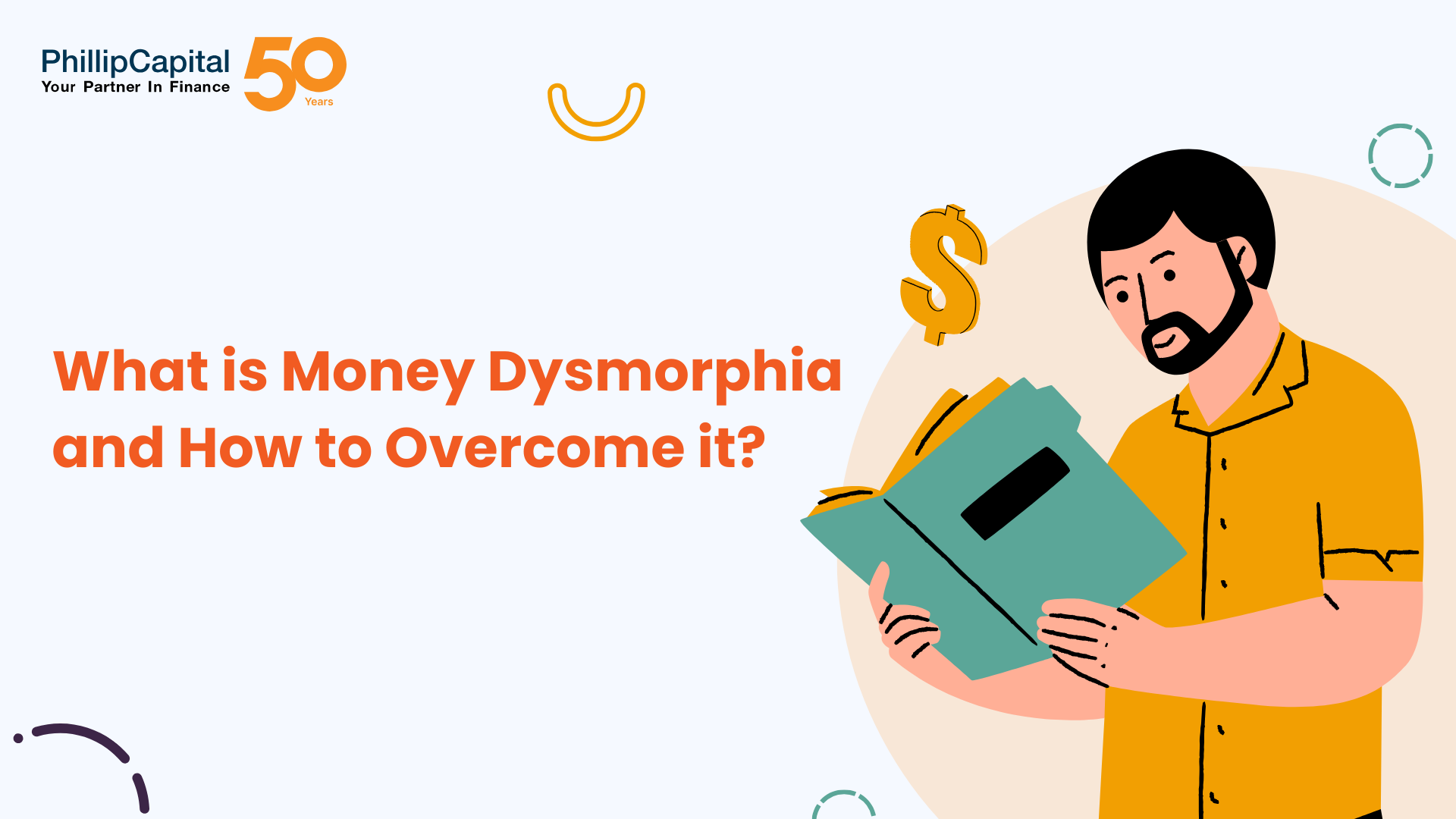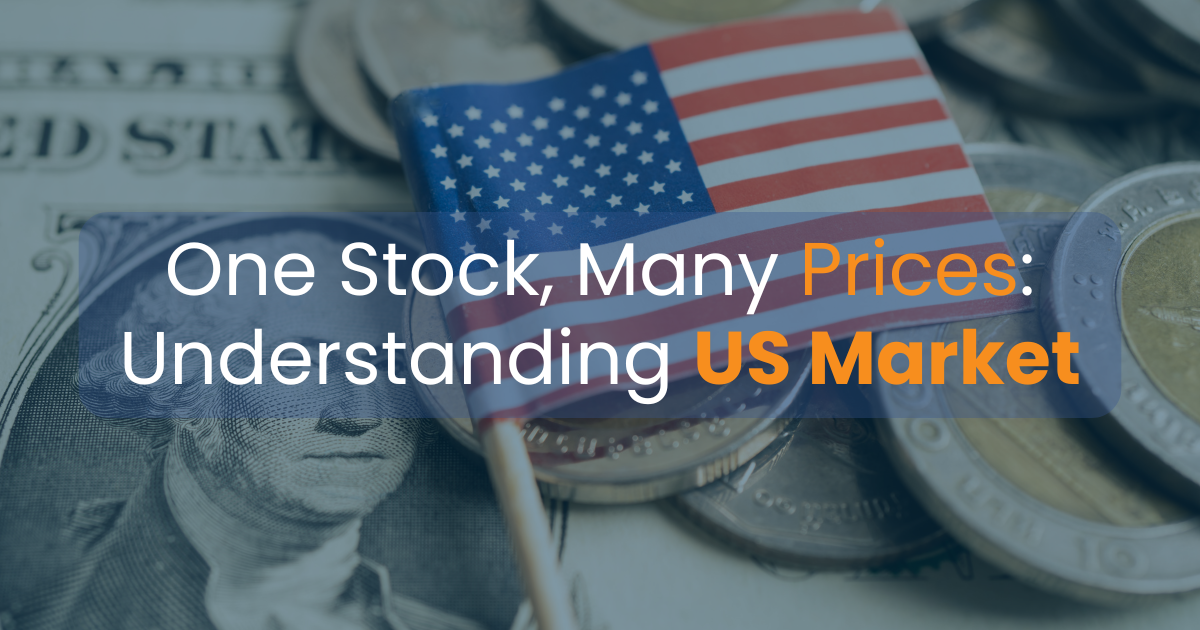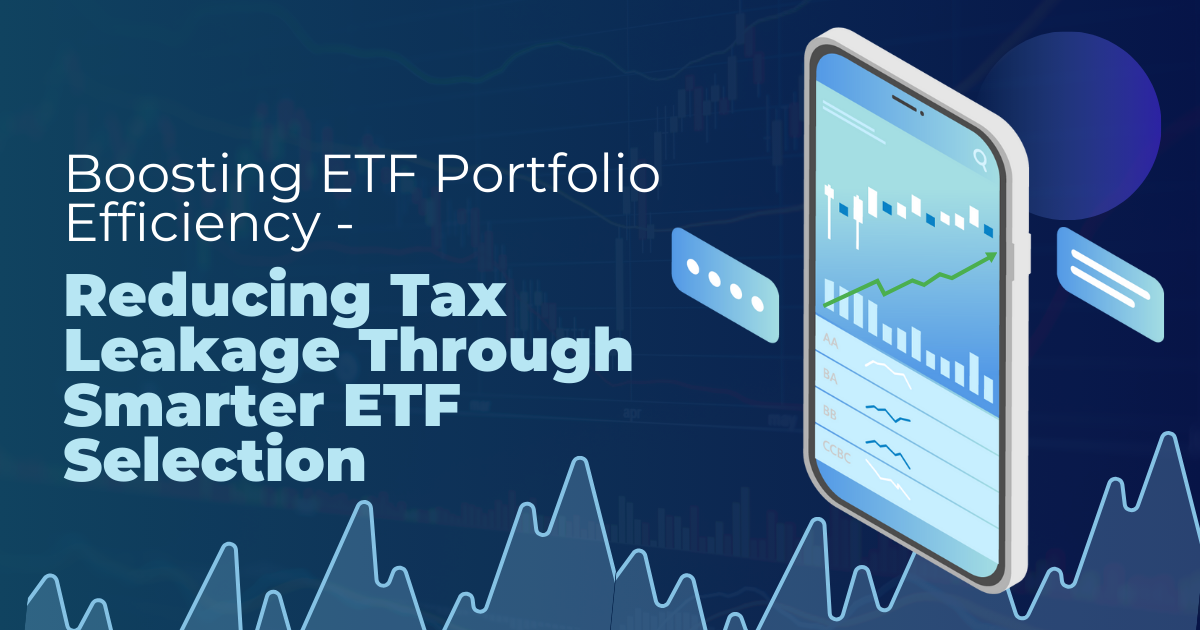Moneyness
Moneyness refers to a way to define the intrinsic value of an option in relation to its strike price and the market price of the instrument to which an option pertains. Basically, through moneyness, one would be able to determine how much an option might be worth or how much profit it possibly conceived. In essence, they will be able to make up their minds about buying, selling, or holding options.
Table of Contents
What is moneyness?
Moneyness is a term used in the options market that explains how useful the perennial price of an underlying can be relative to the strike price of an option. It helps determine whether an option is located to be in a profit position. There are basically three main classes of moneyness: in-the-money (ITM), at-the-money (ATM), and out-of-the-money (OTM). An option is said to be in the money if the strike price appears to have intrinsic value given the prevailing market price of the underlying asset—in other words, the options trader would realize a positive payoff if he chose to exercise the options. An at-the-money option occurs if the exercise price is close to the prevailing market price of the underlying, thereby having no intrinsic value but could have some appreciation with the passage of time. Out-of-the-money options, they do not have intrinsic value because the call’s strike price is higher than the asset’s current value, while the put’s strike price is lower. Each affects the value of the option and the strategy used.
Understanding Moneyness
Understanding the moneyness helps identify the three potential states of an option. In-the-money (ITM) means intrinsic value; the underlying price has moved above the strike price in terms of a call, so it is profitable. For a put, the price is below the strike. ITM options are attractive but tend to be higher priced, with their premium floating from their intrinsic values.
At-the-money is due to the proximity of a strike price to an asset’s current price. Thus, all ATM options have no intrinsic value but can carry significant time value for those traders hoping to take advantage of volatility or a specific strategy.
Types of Moneyness
Moneyness is the most significant concept when it comes to pricing options and options strategy. Let’s take a closer look:
In-the-Money (ITM): A call option is said to be ITM when the holder can buy the underlying asset at an exercise price lower than the prevailing market price. A put option is ITM if it provides the holder with the right to sell the asset at an execution price higher than the market price. The ITM option will be more expensive because it now contains intrinsic value, meaning profit upon execution.
At-the-Money: Options priced at the market price of the underlying product. Interestingly, ATM options are comparatively cheaper than ITM options and more expensive than OTM options because of their time value. A market participant can add ATM options when executing straddle or strangle options strategies while witnessing a major price movement in any direction.
Out-of-the-money: They cost less compared to the in-the-money options since they do not display any value. They are comprised purely of extrinsic value. They are speculative and used by people dealing with speculation in case of such a price change. Out-of-the-money options, although cheaper than in-the-money options, will have more chances of expiring worthless or negatively for the holder, as for an option to be in the money, a high-magnitude move by the underlying asset would be required to realise a profit.
Impact of Moneyness
Moneyness is one of the key factors influencing option prices and, consequently, trading strategies. The value of an option is known as a premium, which is a function of money.
Options ITM: In-the-money options possess a considerable amount of intrinsic and, at the same time, time value in premium. The more underlying value there is in the money, the more intrinsic value it enjoys, even though it could be the premium that ends up shooting up. Traders resorted to the use of such options when they sorely expected further changes in the price of a certain underlying.
ATM Options: These options are at the money. The premium, therefore, is mainly comprised of time value and volatility. A value would be sensitive to volatility changes and time decay. Speculators take a trade with an At the Money option on a speculated future movement or hedge an existing position.
OTM Options: Primarily time value and volatility-based premium; there is hardly any intrinsic value. As they are probably closer to the speculative aspect of options, OTM options are thus cheaper but more perilous. They are commonly used in those strategies that anticipate a good amount of price movement or in higher-level option strategies to take advantage of a risk limit.
Examples of Moneyness
Let’s take Company XYZ’s current stock price of US$50 and explain how moneyness applies in different options:
- In-the-Money (ITM) Call Option: You should be holding a call option on an underlying asset trading at US$50 with a strike price of US$45; then your call option is ITM, for US$50 is greater than US$45. It holds an intrinsic value of US$5-US$45 = US$5, which means it is worth US$5 if exercised. Of course, the higher that intrinsic value, the more the option is worth, and thus the higher the premium you’ll pay.
- At-the-Money (ATM) Call Option: You purchased a call option whose strike price is US$50, which exactly equates to the stock’s current market price. The option is thus ATM. It contains no intrinsic value but may have a premium based on time value and market expectations. These options are generally utilised when one wants to speculate on further movement or in strategies that require high sensitivity to changes in price.
- Out-of-the-Money Call Option: Considering that the strike price is US$55, the call option will be deemed OTM since US$55 overshoots the prevailing stock price of US$50. It does not possess intrinsic value; therefore, it only has time value and is cheaper as a result. The only way it will be gainful is if the stock price escalates to be above US$55.
Frequently Asked Questions
Moneyness describes the favourability of the option’s strike price relative to the underlying asset’s current market price.
ITM is the option with intrinsic value. For calls, the asset price is above the strike; for puts, it is below.
ATM is the option in which the strike price equals the current market price of the underlying asset. There is no intrinsic value.
Moneyness affects an option’s premium. ITM options are more expensive due to the intrinsic value, while ATM and OTM are cheaper.
Intrinsic value is the profit if exercised and thus is directly related to moneyness; it is positive if ITM, zero if ATM, or OTM.
Intrinsic value is the profit if exercised and thus is directly related to moneyness; it is positive if ITM, zero if ATM, or OTM.
Related Terms
- Protective Put
- Exotic Options
- Delta Neutral
- Extrinsic Value
- Cash Secured Put
- Naked Put
- Call Options
- American Options
- Debit Spread
- Open interest
- Short Call
- Rho
- Put Option
- Premium
- Out of the money
- Protective Put
- Exotic Options
- Delta Neutral
- Extrinsic Value
- Cash Secured Put
- Naked Put
- Call Options
- American Options
- Debit Spread
- Open interest
- Short Call
- Rho
- Put Option
- Premium
- Out of the money
- Option Chain
- Long Put
- Long Call
- In the money
- Implied volatility
- Bull Put Spread
- Gamma
- Expiration date
- Exercise
- European Option
- Delta
- Covered Put
- Covered Call
- Call Option
- Bear Put Spread
- Bear Call Spread
- American Option
- Strangle
- Short Put
- Vega
- Underlying
- Time Value
- Time Decay
- Theta
- Strike Price
- Straddle
- Intrinsic Value
Most Popular Terms
Other Terms
- Perpetual Bond
- Option Adjusted Spread (OAS)
- Non-Diversifiable Risk
- Merger Arbitrage
- Liability-Driven Investment (LDI)
- Income Bonds
- Guaranteed Investment Contract (GIC)
- Flash Crash
- Equity Carve-Outs
- Cost of Equity
- Cost Basis
- Deferred Annuity
- Cash-on-Cash Return
- Earning Surprise
- Capital Adequacy Ratio (CAR)
- Bubble
- Beta Risk
- Bear Spread
- Asset Play
- Accrued Market Discount
- Ladder Strategy
- Junk Status
- Intrinsic Value of Stock
- Interest-Only Bonds (IO)
- Interest Coverage Ratio
- Inflation Hedge
- Industry Groups
- Incremental Yield
- Industrial Bonds
- Income Statement
- Holding Period Return
- Historical Volatility (HV)
- Hedge Effectiveness
- Flat Yield Curve
- Fallen Angel
- Execution Risk
- Exchange-Traded Notes
- Event-Driven Strategy
- Eurodollar Bonds
- Enhanced Index Fund
- Embedded Options
- EBITDA Margin
- Dynamic Asset Allocation
- Dual-Currency Bond
- Downside Capture Ratio
- Dollar Rolls
- Dividend Declaration Date
- Dividend Capture Strategy
- Distribution Yield
- Depositary Receipts
Know More about
Tools/Educational Resources
Markets Offered by POEMS
Read the Latest Market Journal

Recognising Biases in Investing and Tips to Avoid Them
Common biases like overconfidence, herd mentality, and loss aversion influence both risk assessment and decision-making....

What is Money Dysmorphia and How to Overcome it?
Money dysmorphia happens when the way you feel about your finances doesn’t match the reality...

The Employer’s Guide to Domestic Helper Insurance
Domestic Helper insurance may appear to be just another compliance task for employers in Singapore,...

One Stock, Many Prices: Understanding US Markets
Why Isn’t My Order Filled at the Price I See? Have you ever set a...

Why Every Investor Should Understand Put Selling
Introduction Options trading can seem complicated at first, but it offers investors flexible strategies to...

Mastering Stop-Loss Placement: A Guide to Profitability in Forex Trading
Effective stop-loss placement is a cornerstone of prudent risk management in forex trading. It’s not...

Boosting ETF Portfolio Efficiency: Reducing Tax Leakage Through Smarter ETF Selection
Introduction: Why Tax Efficiency Matters in Global ETF Investing Diversification is the foundation of a...

How to Build a Diversified Global ETF Portfolio
Introduction: Why Diversification Is Essential in 2025 In our June edition article (https://www.poems.com.sg/market-journal/the-complete-etf-playbook-for-singapore-investors-from-beginner-to-advanced-strategies/), we introduced...









